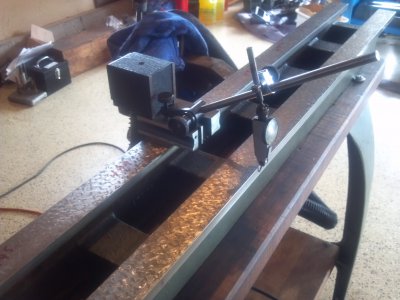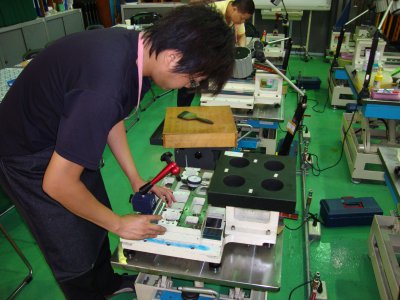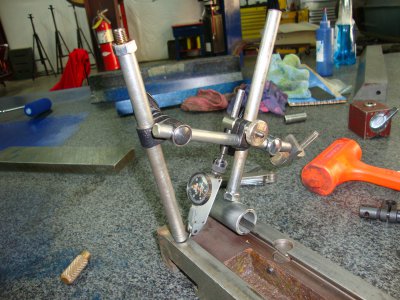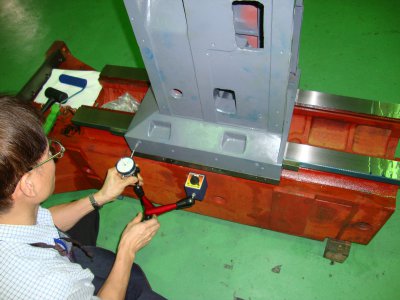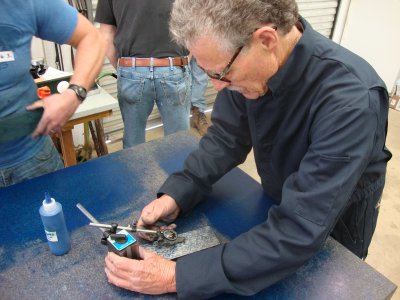- Joined
- Sep 22, 2010
- Messages
- 7,223
A question for the group:
1. When using a *dial indicator* (plunger type) is there a right and wrong way to use this instrument when indicating on a lathe? Photos would be very helpful.
I.E., can a dial indicator be used in a vertical position, upside down position, horizontal position, or at an oblique angle? An example might be, but not limited to this example, indicating runout on the inside shoulder of a Bison 5-C collet chuck where the indicator may have to be turned at a strange, awkward angle for the bottom of the plunger to engage the articulating surface where the angle of the collet seats?
2. Is a *test indicator* designed to be more versatile?
I.E., can it be used on a mill as well as the lathe and in far more strange positions or is the test indicator’s use limited? Is there a difference between test indicators which are "vertical" or "horizontal"?
Thanks,
Nelson
1. When using a *dial indicator* (plunger type) is there a right and wrong way to use this instrument when indicating on a lathe? Photos would be very helpful.
I.E., can a dial indicator be used in a vertical position, upside down position, horizontal position, or at an oblique angle? An example might be, but not limited to this example, indicating runout on the inside shoulder of a Bison 5-C collet chuck where the indicator may have to be turned at a strange, awkward angle for the bottom of the plunger to engage the articulating surface where the angle of the collet seats?
2. Is a *test indicator* designed to be more versatile?
I.E., can it be used on a mill as well as the lathe and in far more strange positions or is the test indicator’s use limited? Is there a difference between test indicators which are "vertical" or "horizontal"?
Thanks,
Nelson


